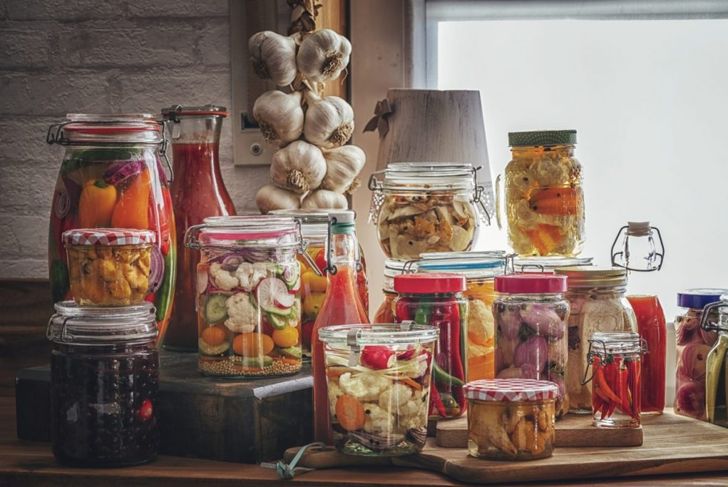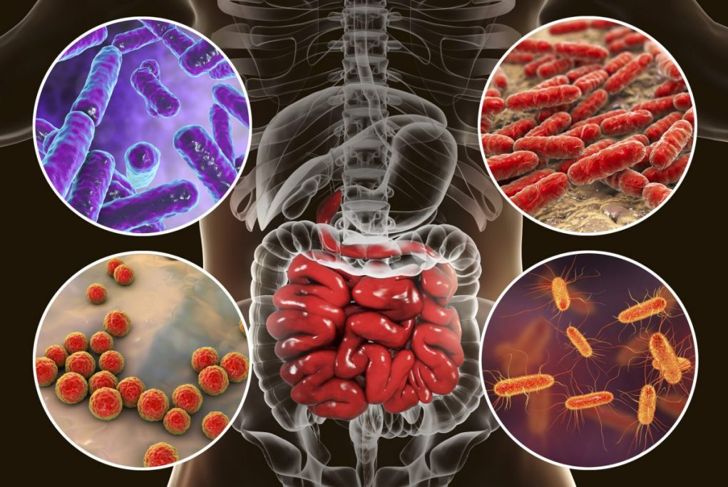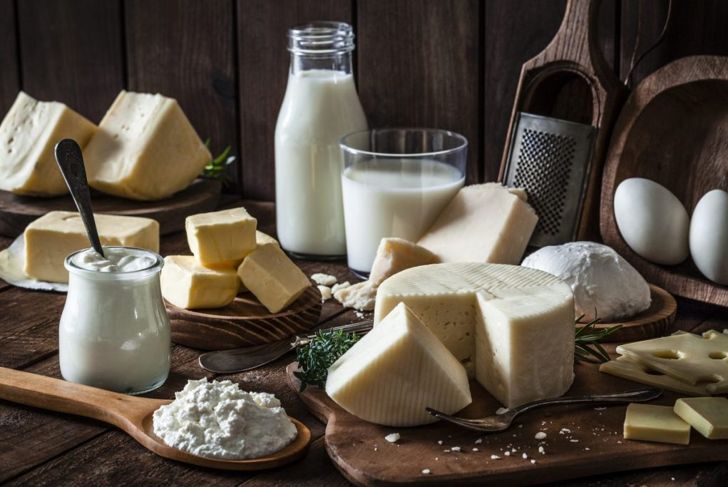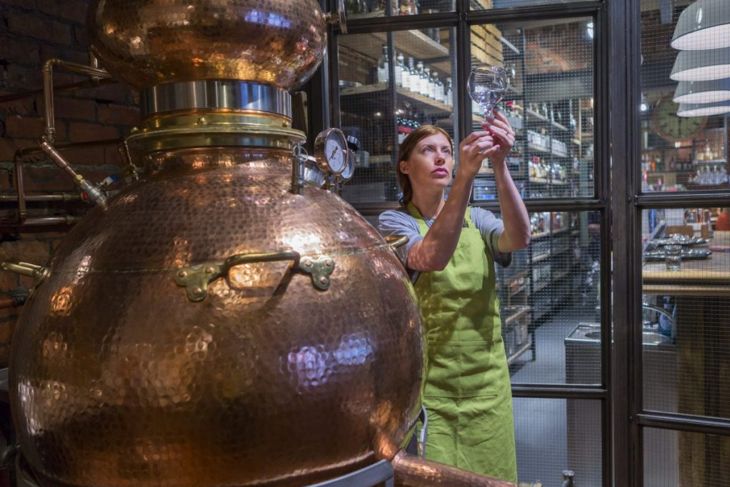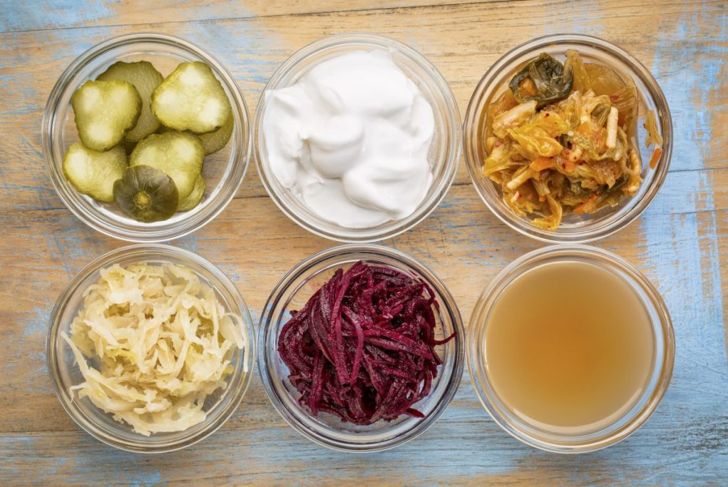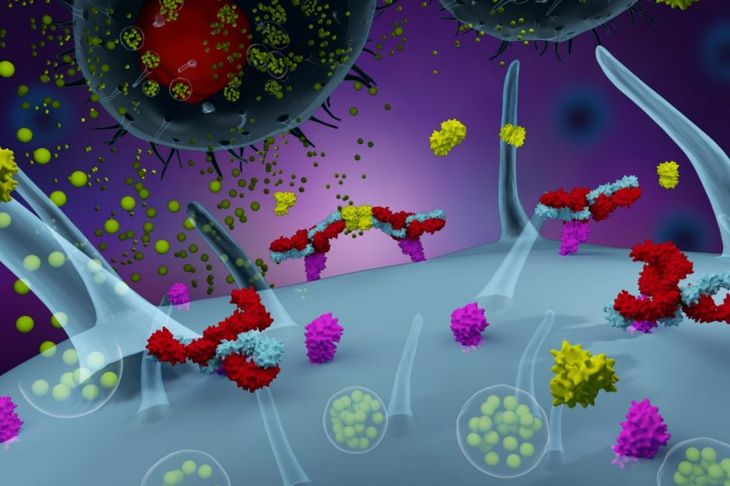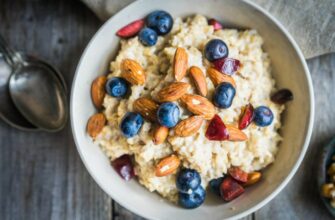Fermented foods are a growing fad, but they have been in our diets from antiquity. Bread, yogurts, cheeses, beers, vinegar, kefir, kombucha, sauerkraut, kvass, and wine are among a myriad of fermented foods and drinks many cultures consume regularly. Science is confirming what people have felt in their gut for millennia — fermented foods are a source of immense flavor and tremendous health benefits. Different ways of fermenting foods for preservation, variety, and vitality keep the selection ever-changing. The fermentation process involves innumerable microbe-food combinations and results in an infinite array of flavorful, nutritious products.
What are Fermented Foods?
Fermentation may be spontaneous, as with sourdough bread, or it could occur with a starter culture like water kefir grains or kombucha SCOBYs. Lacto-fermentation involves a food component in an anaerobic environment with the Lactobacillus bacteria, which is present on all living things. Fermented foods are those produced through interactions between microorganisms and food components, such as:
- yeast with alcohol and carbon dioxide,
- lactic acid bacteria (LAB) and lactic acid,
- Acetobacter and acetic acid, and
- Bacillus or molds and ammonia and fatty acids.
Microorganisms: Inside and Out
Microorganisms are all around and within us. We cannot see or begin to count them; they multiply constantly and rapidly. Some cause disease when unchecked, while some are essential to life and well-being. The 100 trillion or more bacterial cells within the gut outnumber the cells in the rest of the body tenfold. Each person hosts at least 1,000 different species-level microbes. Microorganisms associated with the gastrointestinal tract are the gut microbiome. Microbial colonization of the digestive tract commences at birth and develops under the influence of internal and external factors including environment, foods consumed, and physiological interactions.
How Fermentation Boosts Health
Fermentation augments the nutritive value of many foods and beverages by partially digesting anti-nutrients and unlocking the bioavailability of stored nutrients. The microorganisms involved in fermentation produce byproducts such as vitamins, peptides, and enzymes. These nutrients give foods increased antioxidant, anti-inflammatory, antidiabetic, antimicrobial, and anti-atherosclerotic qualities. Fermented foods infuse a population boost of diversity to your gut microbiome. Mounting research links increased microbial activity to enhanced immunity, cognitive function, heart health, weight management, and glucose metabolism.
Fermented Foods and the Immune System
Approximately 70 to 80 percent of our immune system resides in our gastrointestinal tract. Coincidentally, that is where most of the trillions of microorganisms within our bodies live, as well. A poorly fed gut leaves a person vulnerable to pathogens that cause inflammation and respiratory and digestive ailments. Fermented foods can reinforce the internal troops that fight to keep us healthy.
Fermented Foods in History
Fermentation is an ancient method of food preservation that has transcended cultures around the world. It predates biblical and other ancient writings, but historians believe fermentation began as early peoples transitioned away from hunter-gatherers toward agriculture-oriented societies. Fermentation enabled people to become settled and preserve their foods while availing themselves of different forms and flavors. Kefir has been a favored beverage in eastern Europe for more than 3,000 years, and sauerkraut originated at least 6,000 years ago in China. Analytical Chemistry reported that archaeologists found 3,200-year-old cheese in an Ancient Egyptian official’s tomb in 2018. According to a recent issue of the Journal of Archeological Science, researchers have uncovered beer residue at least 13,000 years old.
Are Fermented Foods the Same as Probiotics?
The World Health Organization and the Food and Agriculture Organization of the United Nations define probiotics as live microbes with health benefits. Not all fermented foods contain live microorganisms, though. For instance, wine and beer undergo processes to remove the yeasts that facilitate fermentation. Other foods like bread go through steps that inactivate the microbes. These foods may still confer health benefits, but they do not contain any probiotics. Some products contain live organisms, yet are not truly probiotics. The microbes present in these foods only perform fermentation, not probiotic activity. For example, bacteria that convert milk into cheese or yogurt do not act as probiotics because they do not provide a clinically observed health benefit. However, many dairy products and other commercial fermented items contain added probiotics.
Is Fermented Food Safe?
Normally, we think decomposed food is spoiled. Counterintuitively, the process of fermentation can prolong shelf life and improve food safety by deterring the growth of common foodborne pathogens and toxins. Fermented foods produced commercially and at home have a well-documented safety record. The correct temperature range, amount of salt, and level of acid production are essential factors in safe fermentation. Following tested recipes with careful measurements will help reduce the risk of spoilage.
Selecting Fermented Foods
The rising popularity of fermented foods comes with a plethora of bewildering choices. To ensure that you obtain the benefits of fermentation, consider these tips as you shop:
- Make sure the product label indicates that the food is fermented; pickled foods are not the same as fermented products.
- Avoid pasteurized fermented foods; the pasteurization process kills the microbes that would populate and strengthen your gut.
- The live microorganisms in fermented foods need to remain cool to survive; only purchase fermented products in the refrigerated section of the store.
- Seek out organic, non-GMO items. Look for locally produced fermented foods or make your own.
Easy DIY Fermented Foods
Transforming ordinary foods into invigorating fermented products is quite simple. Find a trusted recipe and discover a whole new world of at-home flavor and health enhancement with cultured foods. Some popular items to try include:
- produce such as cabbage, beets, green beans, onions, or carrots,
- condiments such as relish, chutney, salsa, or hot sauce,
- dairy products such as yogurt, kefir, and some cheeses, or use plant-based milk to make fermented products,
- refreshing beverages such as water kefir and kombucha.
Allergic Responses
Histamines are neurotransmitters that our immune system releases in response to allergens. Some bacteria produce histamines during fermentation, and intolerance may develop when histamine levels accumulate in the blood. This elevation can produce symptoms much like food sensitivities or allergies, making the true cause difficult to pinpoint. Hives, nasal congestion, fatigue, reflux, and weight gain are indicators of histamine intolerance. It is not always possible to know what type of bacteria went into fermenting the foods you choose. Some microbes produce more or fewer histamines, so a person may tolerate certain strains better than others. Many commercial dairy products, fermented soy foods, and apple cider vinegar are high in histamines. If you experience allergy symptoms, avoid these foods and consult your physician or dietician about histamine-degrading fermented foods.

 Home
Home Health
Health Diet & Nutrition
Diet & Nutrition Living Well
Living Well More
More